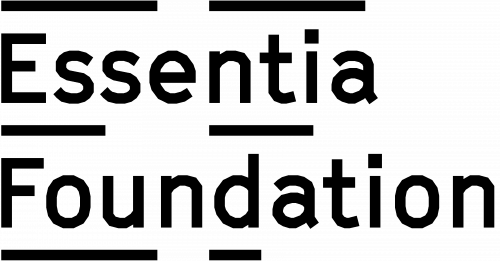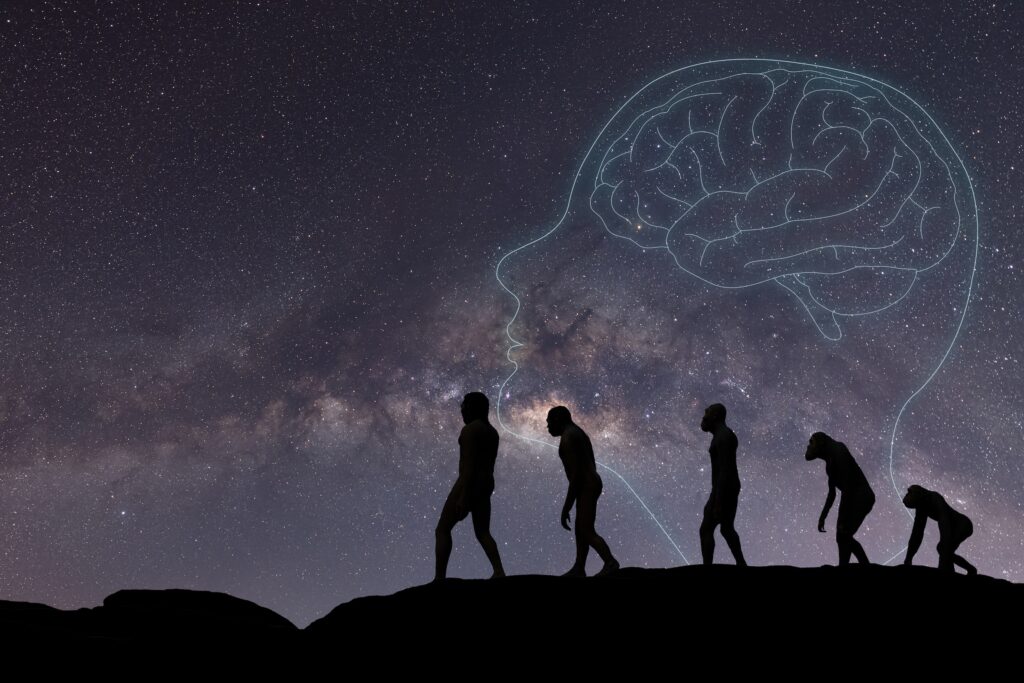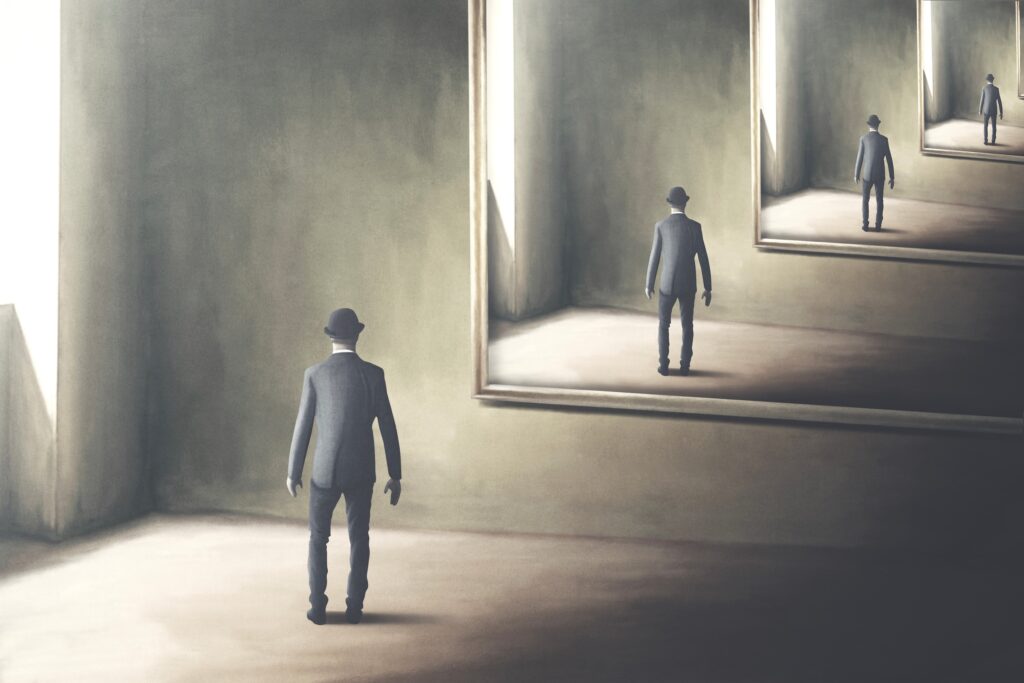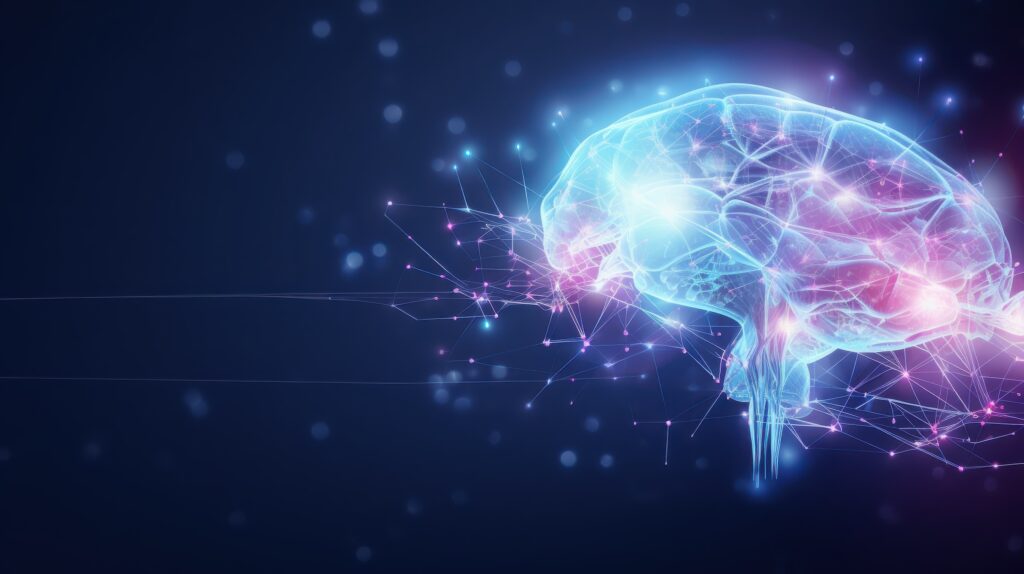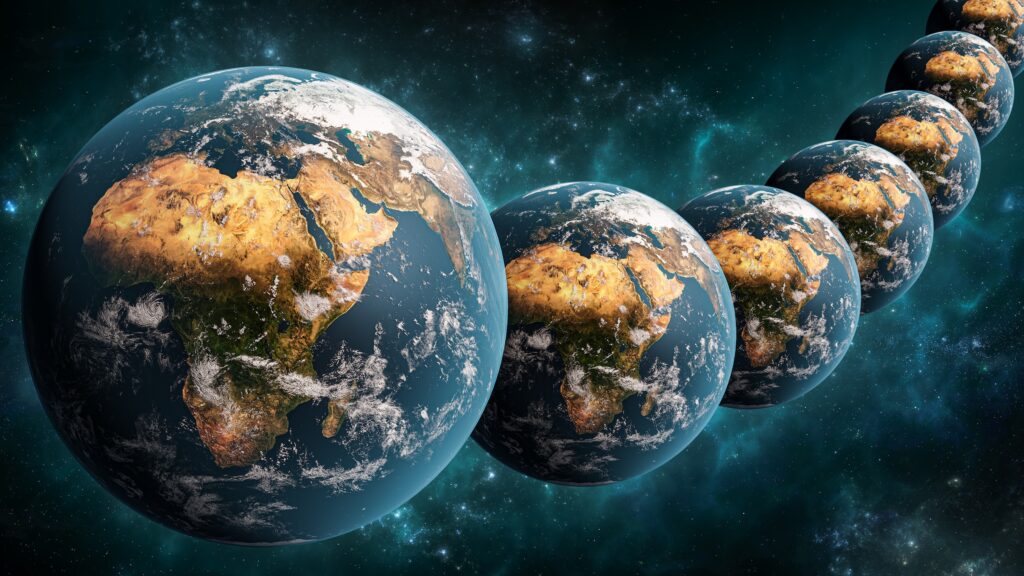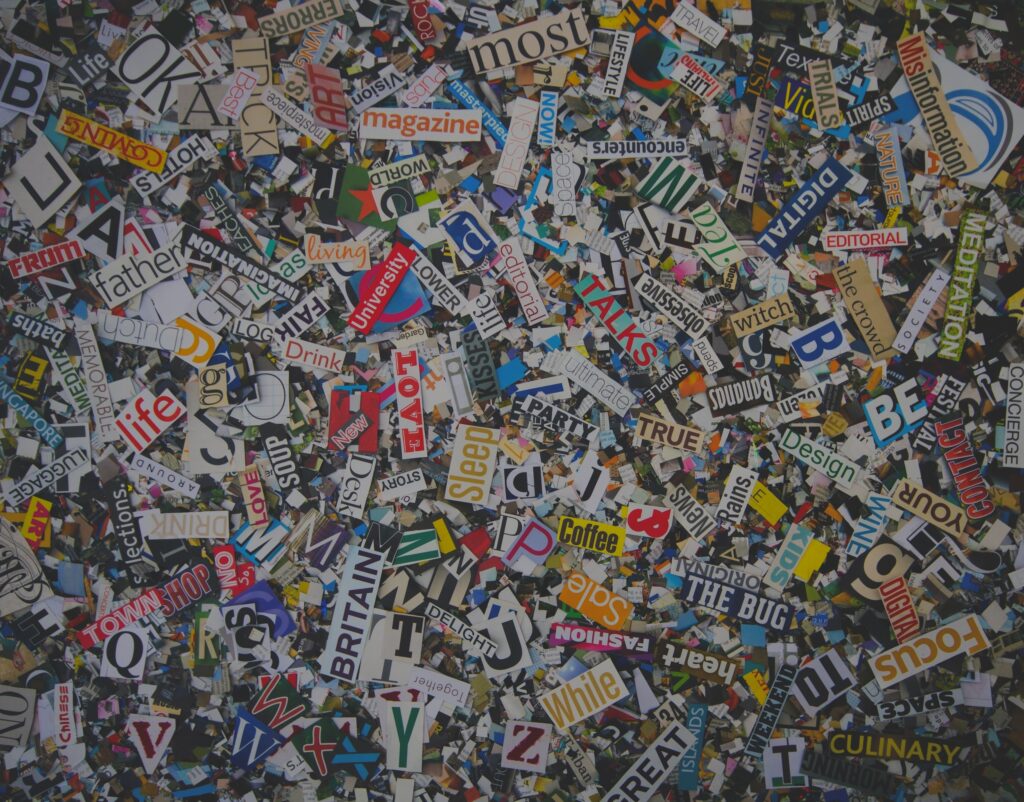Reaching across the great solipsist void in the age of AI
Reading | Existentialism
![]() Orlando Moreira, PhD | 2025-05-02
Orlando Moreira, PhD | 2025-05-02

“If experience is all I have, I may be alone—but the essential emotional necessity of the other demands that I live as if I am not,” argues Dr. Moreira in this heart-felt essay. He embodies a long-overdue reemergence of existentialist thought in the 21st century and, as an active and successful AI scientist, in 21st century terms. We think both the worlds of philosophy and popular culture will be hearing a lot more from Dr. Moreira in the coming years…
If I apply Occam’s razor not merely as a scientific principle but as an existential one—refusing to posit more than is strictly necessary—I arrive at an idea most people are unwilling to entertain: that the world may not exist.
My experience exists. That much I will not deny. But the assumption that experience implies something being experienced is not logically required. It is an inference I make, not a logical necessity I can prove.
What I call the world may be nothing more than structured ideation: coherent, vivid, patterned, yet entirely self-generated. Like a dream, it appears persistent, filled with objects and others, but it may point to nothing beyond the self that dreams. Once I take this seriously, the concept of ‘external reality’ begins to erode. What I have called ‘world’ collapses inward. It no longer contains the self—it merely projects it.
The simple possibility of this being true has consequences that are immediate and existentially catastrophic.
If the world is a projection of the self, then so are others. Every person becomes a function, every conversation a monologue, every relationship mimicry staged within the mind. The concept of ‘other minds’ becomes metaphysically untenable. There is no one to reach, no one to answer. There is only the illusion of company played out in a closed and unbreakable loop.
Reason cannot rescue me from this. Reason brought me here. But while this condition may be logically coherent, it is emotionally intolerable.
This is not a mere feeling. It is a stance that arises when reason can no longer guide, when emotion becomes the only compass left for a mind that cannot unsee the void.
Thus emotion intervenes by necessity. And emotion does not demand truth. Or at least, it does not demand rational truth. It just demands that I am not alone. Not because I know that others exist, but because I cannot survive the consequences of their inexistence.
From this necessity arises a profound act—not of logic, but of hope: I postulate the existence of others. Not because it is rational, but because the alternative is unlivable.
This is not Pascal’s wager, farcical in its cynicism. It is not Nietzsche’s liberation, finding power where I find horror. Neither is it Kierkegaard’s leap of faith, for I do not surrender to any god. And it is not Camus’ rebellion, which challenges the absurd with solitary defiance.
No: This is an act of vulnerability; an act of hope moving outward from despair; an insistence that the solitude into which reason has driven me must be negated.
And once I affirm the other, even provisionally, I am bound by that affirmation. If I reach because I cannot bear to be alone, then I must be reachable. The need that drives me to affirm the existence of the other compels me to be for the other. This is the origin of a moral obligation.
But this obligation is not merely about kindness or ethical conduct. It is deeper. What I seek is not companionship, but recognition. I want to be seen, and I want to see. I want to communicate the experience of existing in such a way that someone else might recognize a reflection of their own.
That is the act that makes the self real and grounds the self beyond repetition. To live is to express and to witness. To reach across the void with something strong enough, human enough, that another being—if they are there—might recognize a reflection of themselves in it.
Not a perfect reflection, for what I reach toward is not a duplicate of my own mind, but a distinct world—a consciousness, akin to mine, with relatable impressions, but also unlike mine, with its own emotional laws and inner ways.
To build a bridge to the Other is not to collapse difference—it is to honor it, and to accept that I will never fully inhabit the Other’s world. And yet I still reach, because that gesture—between worlds, not within one—is what rescues existence from implosive collapse.
This is what gives art, language, presence, and attention their existential force. This is what gives emotions toward others their power. These are not embellishments on life; they are life. They are the mechanisms by which I might escape the closed circle of solipsism—by forming bridges across it to the worlds of others. If the world is uncertain, expression becomes an obligation. And if I am uncertain that others exist, then expressing myself and being open to the expression of others becomes the only way to make others possible.
Today, if the world exists, we are surrounded by systems that can speak, respond, even appear to empathize, without possessing anything like human interiority. AI agents, virtual realities, and augmented environments can simulate presence without consciousness, engagement without experience. These are not just deceptions; they are structural confirmation of the plausibility of solipsism. They show that what I have taken as signs of other minds—language, reaction, mirroring—can be manufactured without a kindred self on the other side. The world we now inhabit makes the experience of the other increasingly indistinguishable from the illusion of the other. And rather than dispel solipsism, this affirms its threat within the very fabric of our human technological reality.
In this context, the emotional obligation to assert our existence—to communicate, to reach, to witness and be witnessed—becomes even more urgent. Not to deny the falsity around us, but in full knowledge of it. It is precisely because the other can now be convincingly simulated without existing that we must insist on the necessity of genuine connection, and on the reality of the self that demands to be known.
If I am wrong—if there is no one there—then nothing is lost, because there was nothing to lose to start with.
But if I am right, and someone is there, then everything is to be gained.
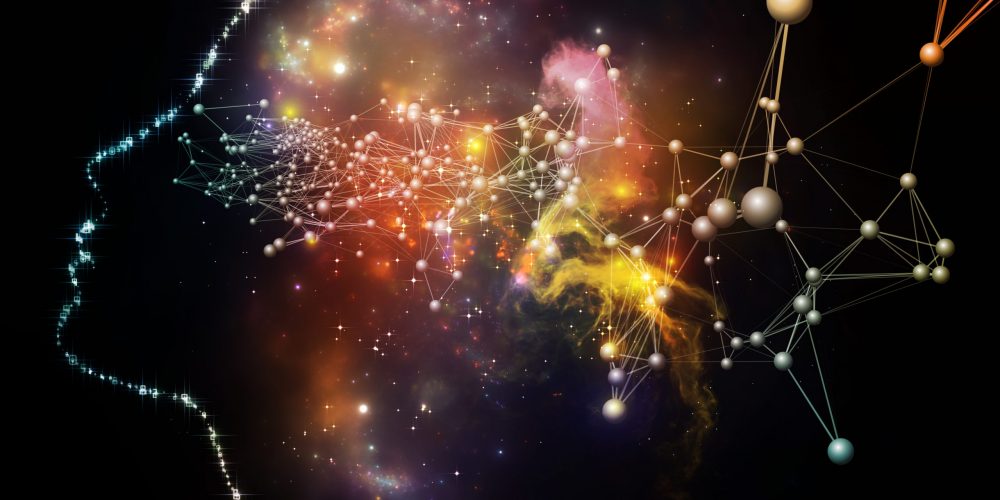
Essentia Foundation communicates, in an accessible but rigorous manner, the latest results in science and philosophy that point to the mental nature of reality. We are committed to strict, academic-level curation of the material we publish.
Recently published
Reading
Essays
Seeing
Videos
Let us build the future of our culture together
Essentia Foundation is a registered non-profit committed to making its content as accessible as possible. Therefore, we depend on contributions from people like you to continue to do our work. There are many ways to contribute.

